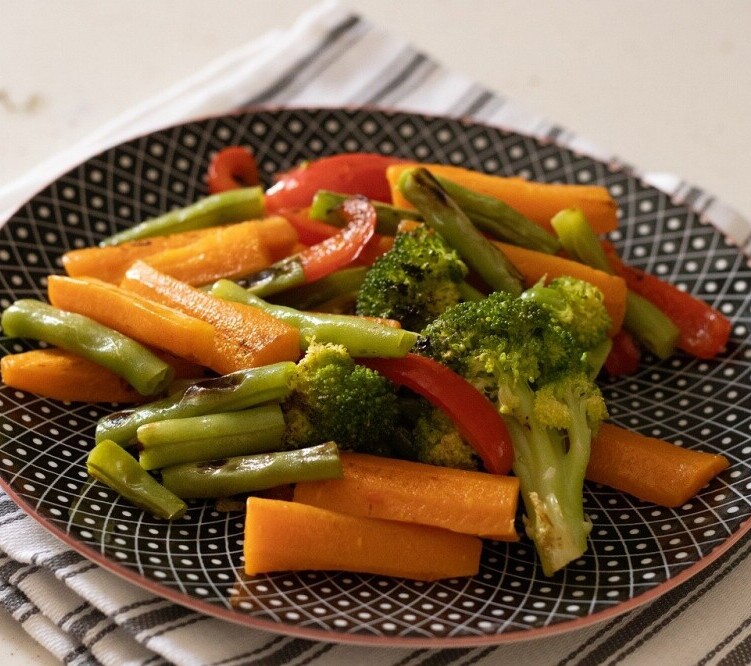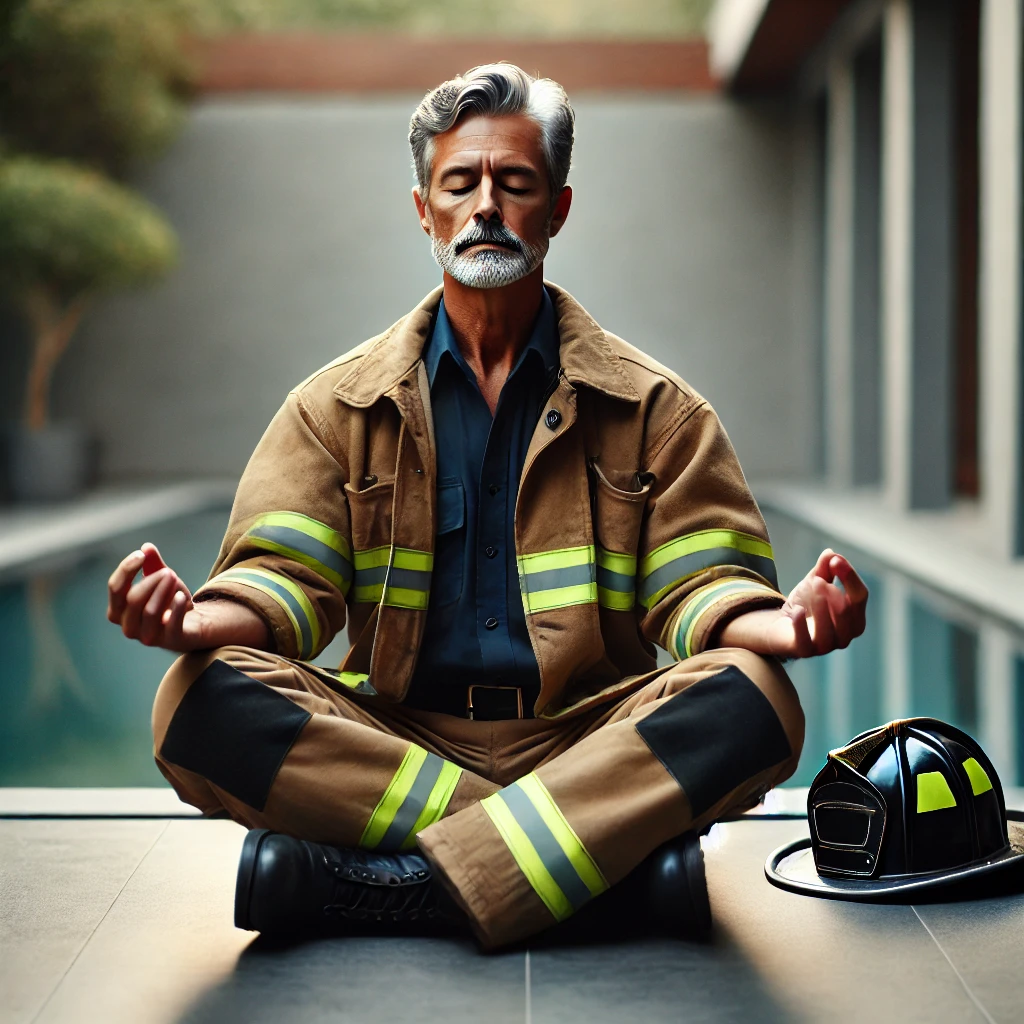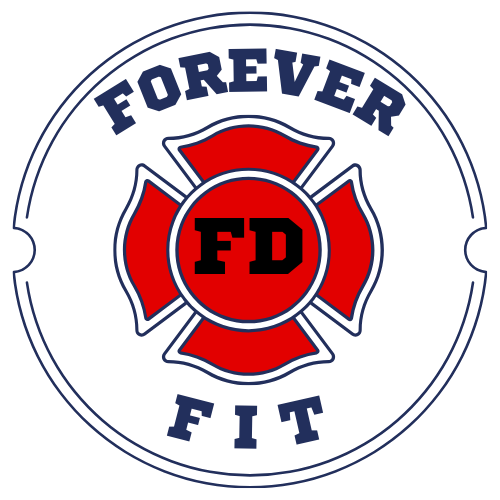Firefighters, you know better than most the importance of staying in great shape. But once the firehouse days are behind you, keeping fit and healthy becomes even more crucial. It’s not just about muscles and running fast anymore; it’s about longevity, quality of life, and being able to enjoy those well-deserved retirement days.
As you age, certain health challenges can start creeping up, especially for those who’ve spent years in a physically demanding job. Issues like joint pain, heart health, and maintaining muscle mass become more prominent. But with the right approach, these challenges can be managed effectively.
Staying active helps keep those pesky health issues at bay. Regular exercise can help manage weight, improve heart health, and keep your muscles and joints working well. Plus, it boosts mood and energy levels, which is a huge bonus.

The benefits of staying fit go beyond just feeling good. It’s about maintaining independence and being able to do the things you love. Whether it’s playing with grandkids, traveling, or even tackling hobbies you never had time for, good health makes it all possible.
So, while you might not be racing into burning buildings anymore, keeping up with a fitness routine is still your mission. Consider it your new kind of fire to fight – one that ensures your golden years are as vibrant and enjoyable as they can be.
Customized Fitness Routines for Firefighters Aged 60+
As a retired firefighter, your exercise needs have shifted, but staying active is still key. Finding the right routine can make all the difference. Let’s talk about different types of exercises that suit your unique needs.
Low-impact exercises are fantastic for building strength and endurance without over-stressing your joints. Think swimming, cycling, or using the elliptical. These activities are easy on the knees and hips but still give you a solid workout.
Cardiovascular activities help keep your heart strong. Walking, jogging, or even a gentle hike can do wonders for your cardiovascular health. The key is finding what you enjoy, so it doesn’t feel like a chore.
Flexibility and balance exercises are crucial to prevent injuries. Incorporating yoga or tai chi into your routine can improve your balance, reduce the risk of falls, and enhance overall flexibility. These practices are great for your mind too, offering a calming, meditative experience.
Creating a personalized fitness plan tailored to your needs is the way to go. Consult a fitness trainer who understands the specific requirements of aging bodies. They can help design a routine that caters to your fitness level and any pre-existing conditions. Remember, consistency is more important than intensity. It’s better to work out a little every day than to overdo it and risk injury.
Nutrition and Diet: Fuel for the Aging Firefighter
Physical fitness is only part of the equation for a healthy lifestyle. What you eat becomes even more important as you age. Your body needs the right fuel to keep running smoothly.
Understanding your nutritional needs is the first step. As metabolism slows down, you might find you need fewer calories but more nutrients. Lean proteins, whole grains, and plenty of fruits and vegetables should be the mainstays of your diet.
Healthy eating habits support your fitness goals. Focus on balanced meals that include good fats, fiber, and plenty of water. Smaller, frequent meals can also help maintain energy levels throughout the day.

Supplements and vitamins can be a great addition to your diet, especially for joint health and overall well-being. Glucosamine, chondroitin, and omega-3 fatty acids are known to support joint function. But before adding supplements, it’s wise to consult with your doctor to ensure they fit into your overall health plan.
Easy and nutritious meal planning doesn’t have to be complicated. Think about simple, wholesome foods. Prep meals ahead of time to make it easier to stick to your healthy eating plan. Even quick snacks like nuts, fruits, or yogurt can keep you on track when you’re busy.
With the right diet, you’ll have the energy to stick with your fitness routine and enjoy all the activities life has to offer. It’s all about making choices that support your active and fulfilling lifestyle.
Mental Well-being: The Overlooked Aspect of Health
Physical fitness and good nutrition are important, but mental well-being often gets overlooked. As someone who spent years in high-stress situations, your mental health deserves attention too.
Stress management is vital. Practices like deep breathing, meditation, or even just taking a walk can work wonders. These activities help calm the mind and reduce anxiety, making your days more enjoyable.
Social connections are another important area. Staying engaged with friends, family, and community can offer emotional support and combat feelings of isolation. Consider joining groups or clubs that interest you – staying socially active keeps the mind sharp.
Mindfulness practices, like journaling or yoga, help you stay present and grounded. Reflecting on your day and expressing gratitude can improve your outlook and reduce stress. These practices not only support mental health but enhance your overall sense of well-being.

Mental and emotional health directly impact physical health. Being mentally fit can improve sleep, reduce chronic pain, and boost your immune system. It’s all connected.
Leave a comment and let us know which aspect of this article resonated with you the most!

There is a saying that “age is just a number” or” you are as old as you feel” and while it is true that as we get older our bodies go through changes it is good to know that even as we get older we can still look and feel good base on how we treat our bodies. With the help of diet and exercise, we can be in the best shape ever. All it takes is being committed to feeling and looking younger
Thanks for reading the post! Ya, as we age we definitely need to continually work on our mindset toward fitness and consider “why” we are striving to improve our nutrition and fitness levels. Sometimes, as we get a bit older, our priorities and goals shift.